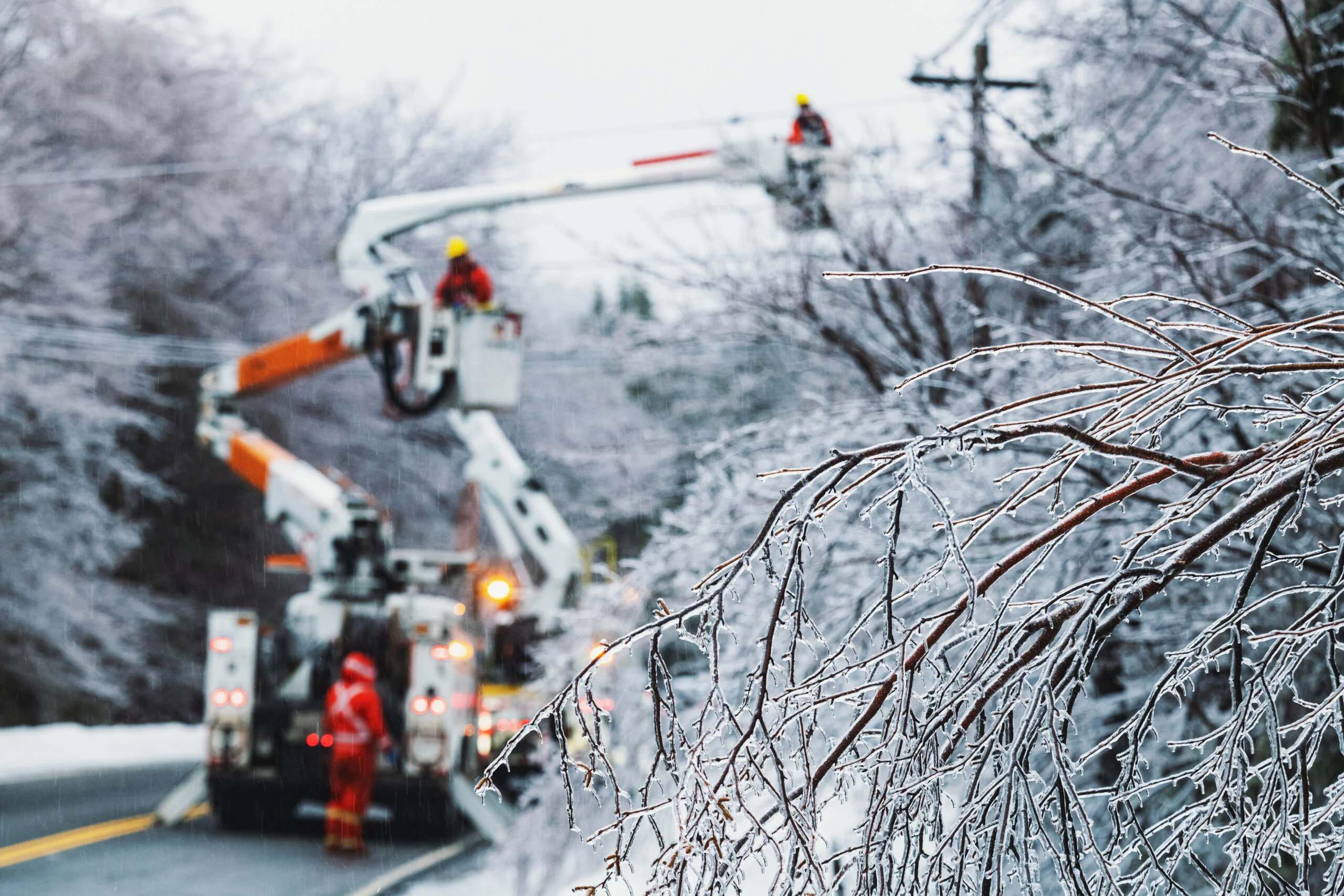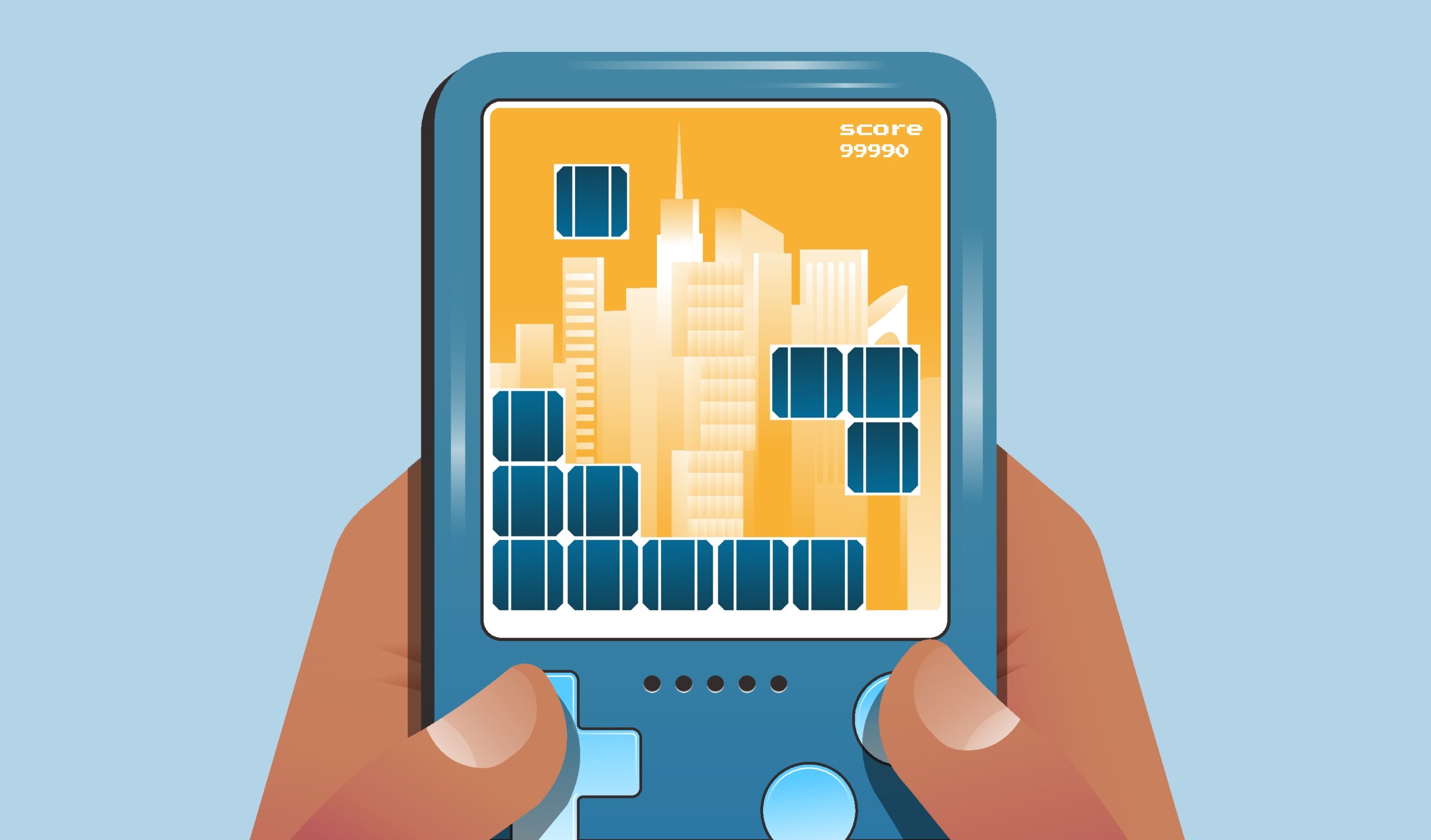If executed properly, demand flexibility programs like demand response (DR) programs, EV managed charging, or virtual power plants are increasingly critical tools in ensuring the evolution of the modern utility business model. If not, high capital costs and failed targets will result in organizational waste with minimal benefit to the utility or the ratepayer. These programs are realized through the use of distributed energy resources (DERs) like solar, battery, electric vehicles & EVSE, and smart home devices like water heaters and thermostats, aggregated and dispatched through a distributed energy resource management system (DERMS). Altogether, these technologies open up many opportunities for enterprising utility program managers and grid operators, but the times are changing: how can utilities keep up with the technological and regulatory changes happening right now?
Beyond AMI
Despite the rapid rise of new technologies in this space, Advanced Metering Infrastructure (AMI) has proven helpful to utility program managers running demand response programs. Installing AMI provides a number of advantages to utilities around billing, load planning, and running basic DR programs. But it remains a high-cost/low-flexibility system that can create more problems than it solves.
With more Wifi-enabled devices now than ever, an ever expanding Internet of Things (IoT), and increasing access to broadband technologies, AMI technologies remain helpful, though not critical in order to run demand response programs. For example:
- Installing AMI is not only expensive but is also insufficient to meet the demands of more sophisticated residential customers.
- As smart devices become more ubiquitous, effective energy management platforms have developed to help utilities assess energy use at not just the house-to-house level, but also device-to-device.
While AMI can link to some existing smart devices, its capabilities in this area are limited. Because of this limitation, AMI’s ability to adapt to residential customer needs is minimal. Demand response programs must be flexible enough to react to shifts in demand usage, technology frameworks, and customer needs. Fortunately, DERMS suites have evolved to include functionality like:
- Topline demand control (TDC) – A control strategy that optimizes distributed energy resources (DERs), providing with grid operators the precise amount of energy that they need, and reliably so every time.
- Flexible dispatch – Part of any robust DERMS system, flexible dispatch unlocks DER value by leveraging distributed energy across a spectrum of use cases and program types, improves grid resilience by enabling distribution constraint management technologies, and allows utilities the ability to localize their dispatch.
Beyond Thermostats
Smart thermostats are, perhaps, the most commonly employed technology in demand response and other demand flexibility programs. While smart thermostats are a commonly available manageable device type, there are a variety of parallel device types that allow utilities to expand their demand response opportunities. From water heaters to EVSE, there are many opportunities for program managers and grid operators.
Water heaters with their high energy use and more flexible use schedule are better energy stores (virtual batteries) and demonstrate lower impacts on a homeowner. This device type informs the PowerMinder program from SMUD, which uses compatible water heaters—heavily insulated devices that can be preheated. In this example, outside of customer engagement efforts program participants are often unaware that a demand event is operating.
Of course there are plenty of other smart home devices for use in demand response or other parallel demand flexibility programs For example, electric vehicles and EVSE provide smart load management solutions for utility program managers and grid operators. For years now, residential EV chargers have been installed quickly and represent huge load upside and (equally huge) operational challenges for utilities. Furthermore, room A/Cs and Mini-split heat pumps can be used to retrofit existing homes for higher levels of comfort but also have substantial energy requirements that can be managed during demand response events.
The ability for demand response programs to speak to smart devices of any kind gives that program more potential to drive higher benefits for both the ratepayer and the utility. Additionally, demand flexibility programs like demand response defer the incredibly high costs associated with upgrading the U.S. electric grid, all while providing the proven—and now reliably reproducibly so with TDC—aggregate demand resources that utilities need to balance the grid. If you want to balance the grid affordably, increase grid resiliency, and improve customer satisfaction, demand response provides you a direct path.
Beyond Demand Response
It’s no secret that distributed power sources like residential rooftop solar or in-home battery systems catapult the complexity of residential DR to a broader load-balancing problem.
Effectively dispatching distributed resources creates enormous opportunities for both the utility and the homeowner. And as more utilities move in the direction of Time-Of-Use (TOU) pricing for residential customers (in addition to what is already provided to industrial and commercial users), more sophisticated dispatch and load balancing like the aforementioned flexible dispatching functionality or the assurance of topline demand control remain critical to designing effective incentive programs for ratepayers.
Demand Response Conclusion
There is a reason that demand response strategies have remained a cornerstone of load management for the last four decades. The challenge for utilities is not just growing the breadth and depth of their demand response infrastructure but building a system that:
- is easily scalable
- plays into buying patterns of its customers (i.e. smart devices)
- has minimal upfront capital costs or NRE
This will allow utilities to ride the wave presented by these key trends, and create a residential demand response that’s effective, sustainable, and beneficial to all stakeholders, while serving customers affordable and dependable service.
This blog was originally published on April 2, 2018, our very first blog, with some very important updates made May 31, 2024.





